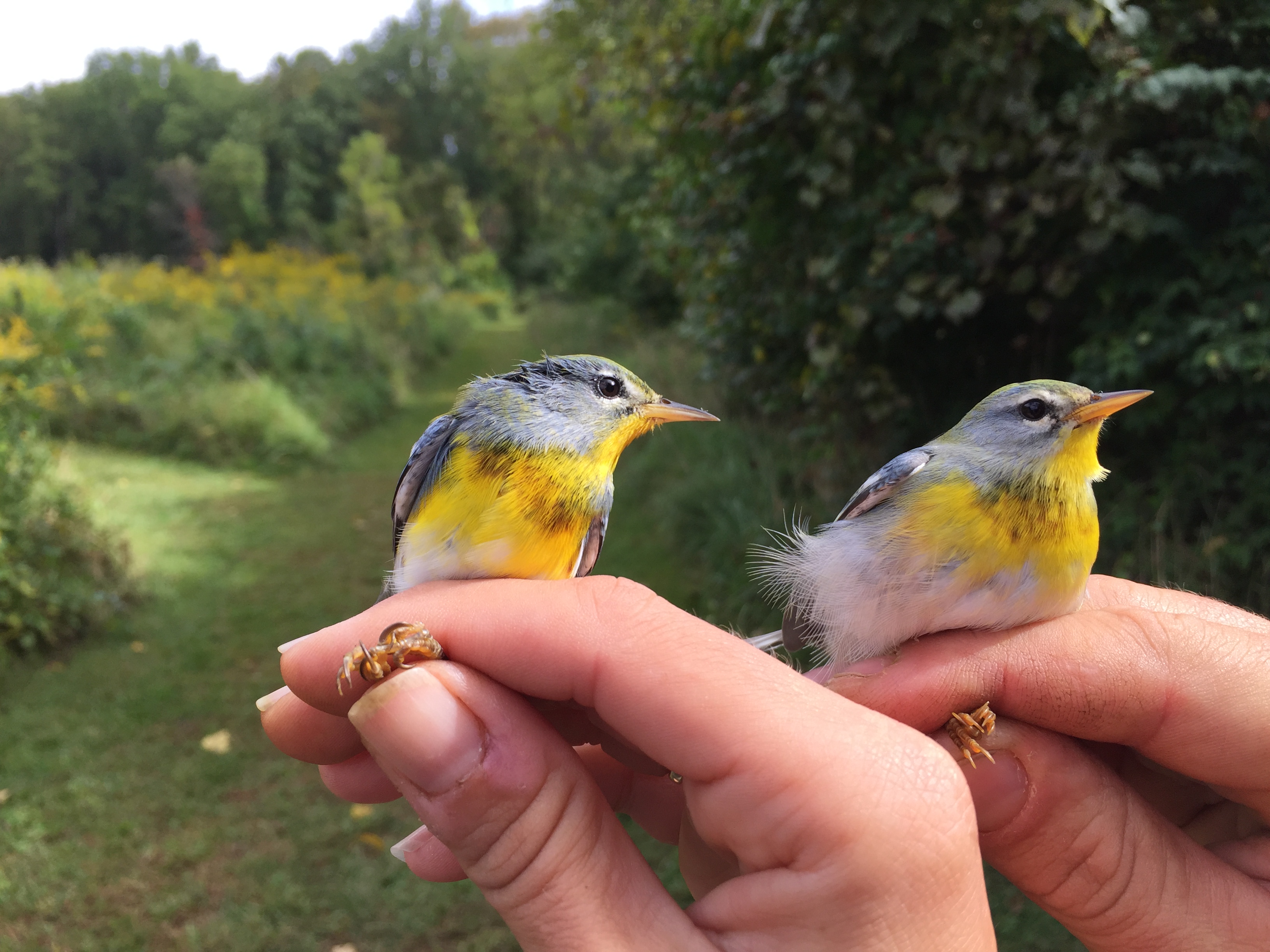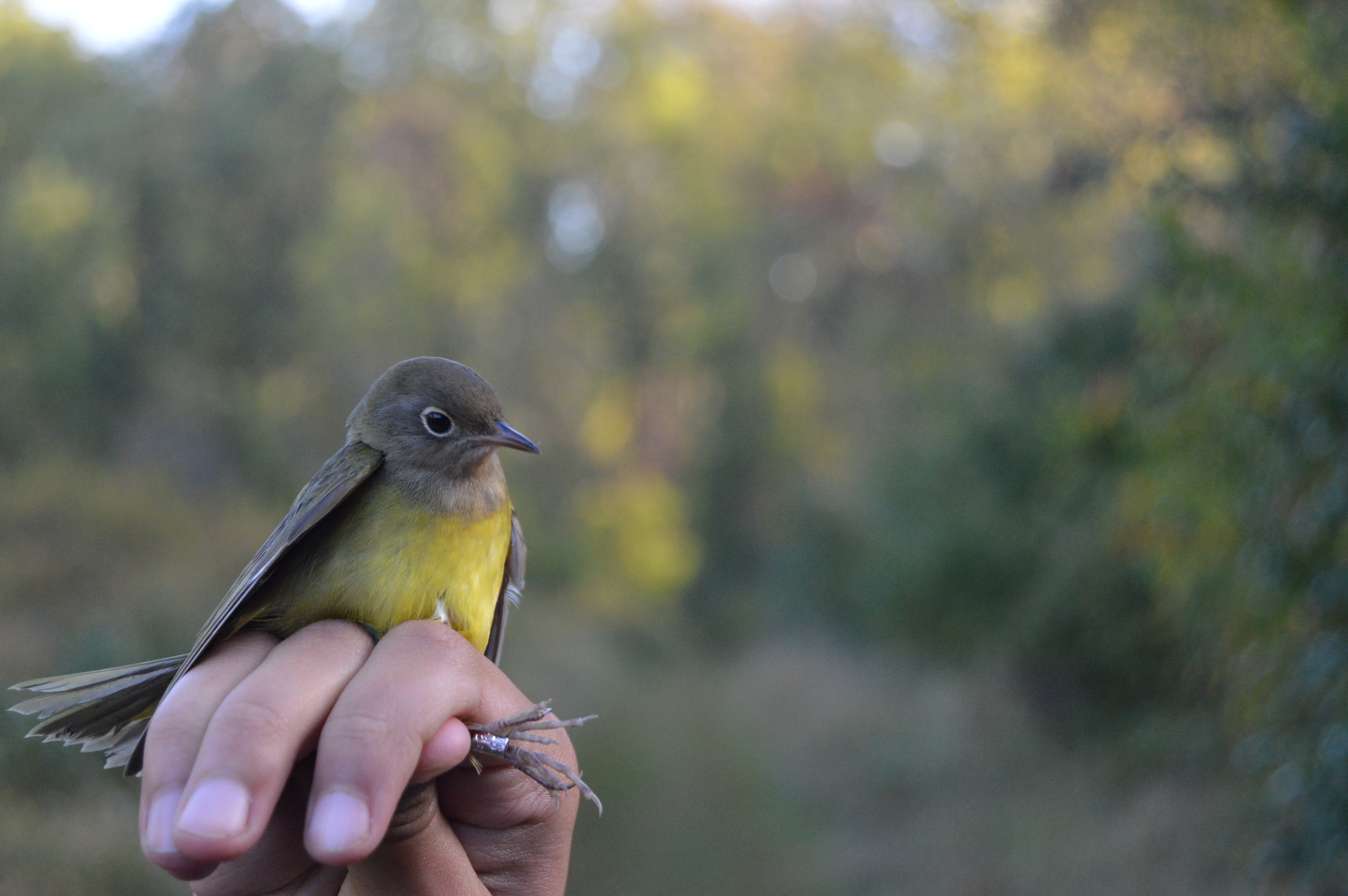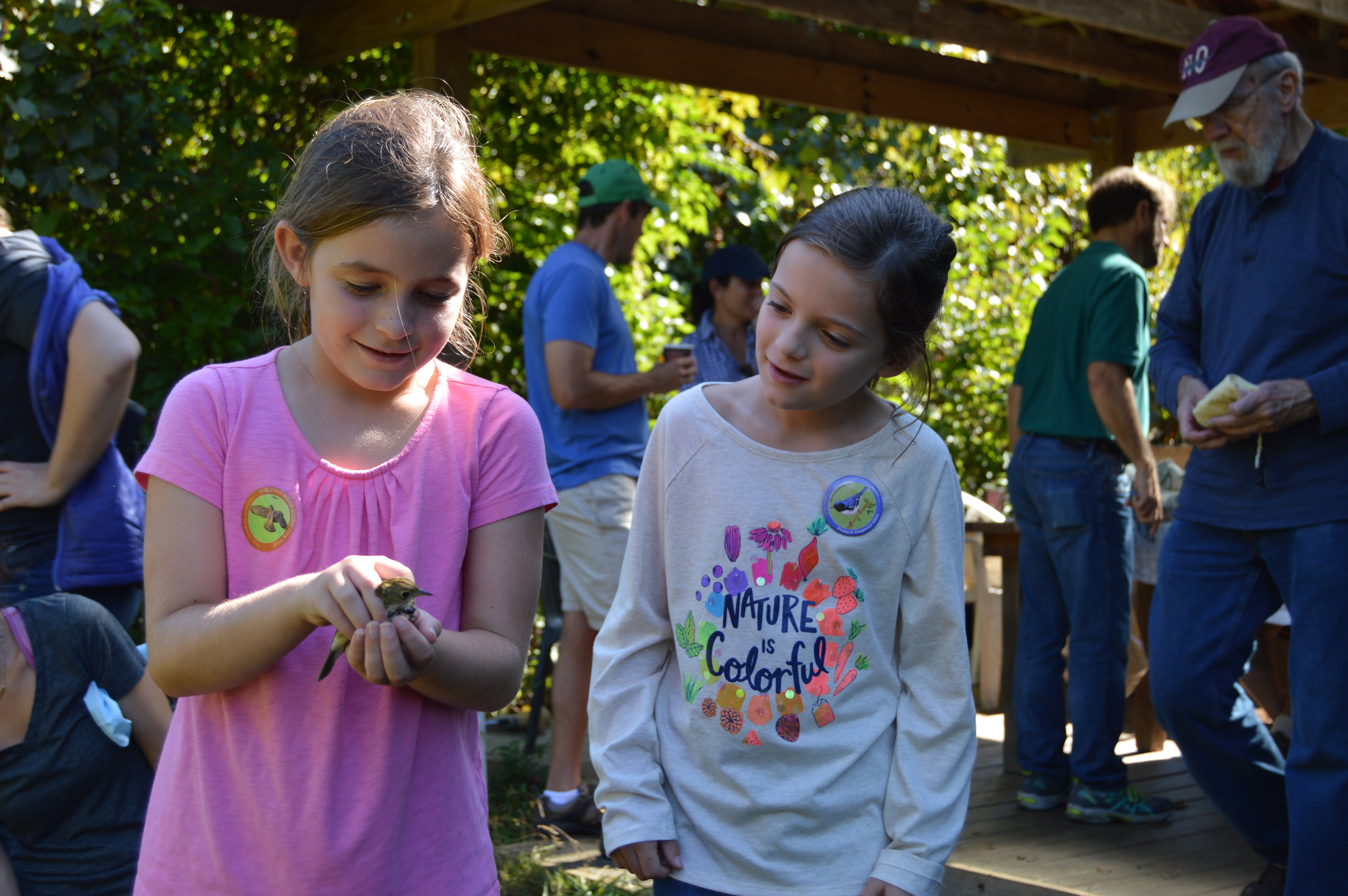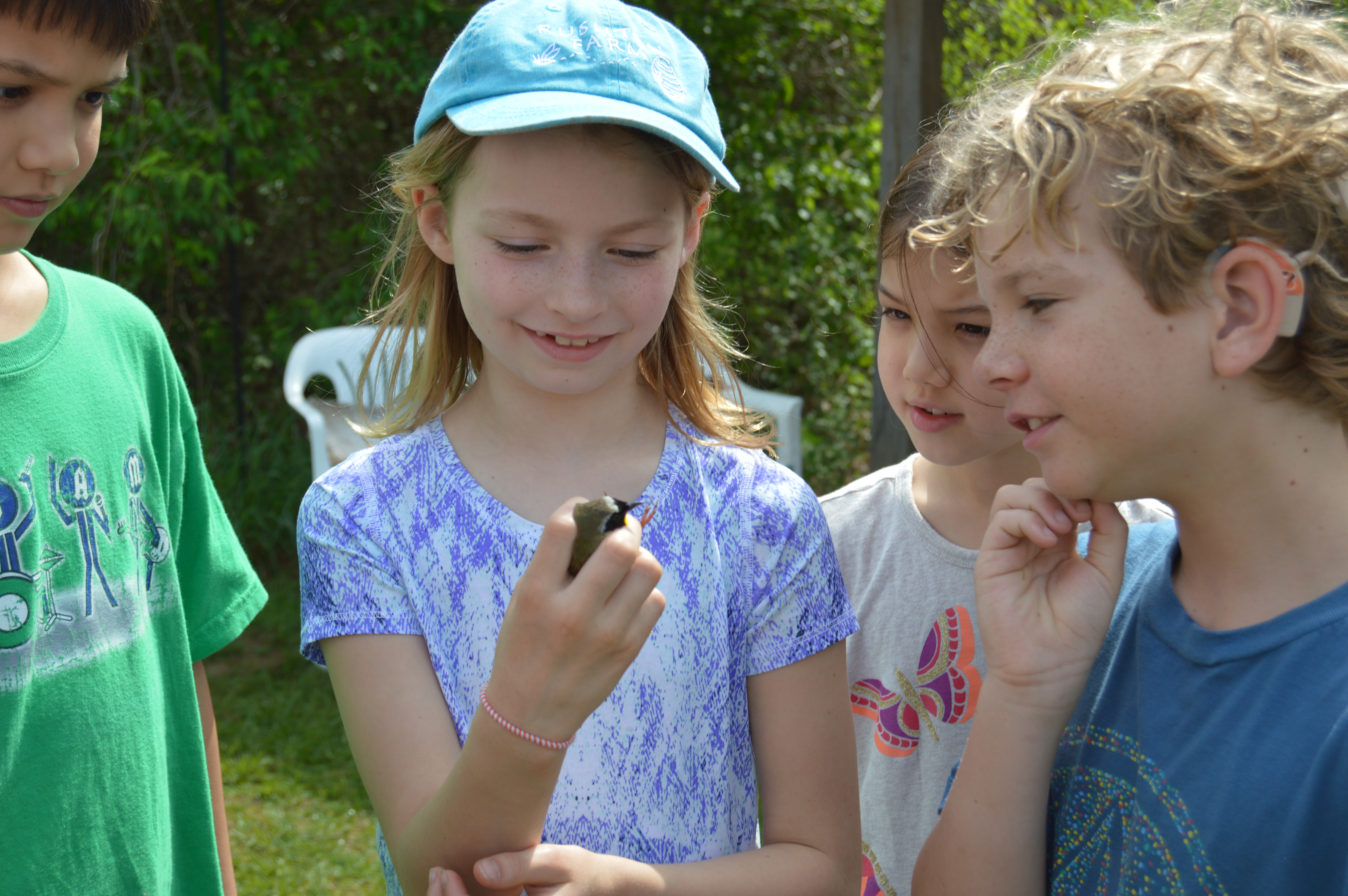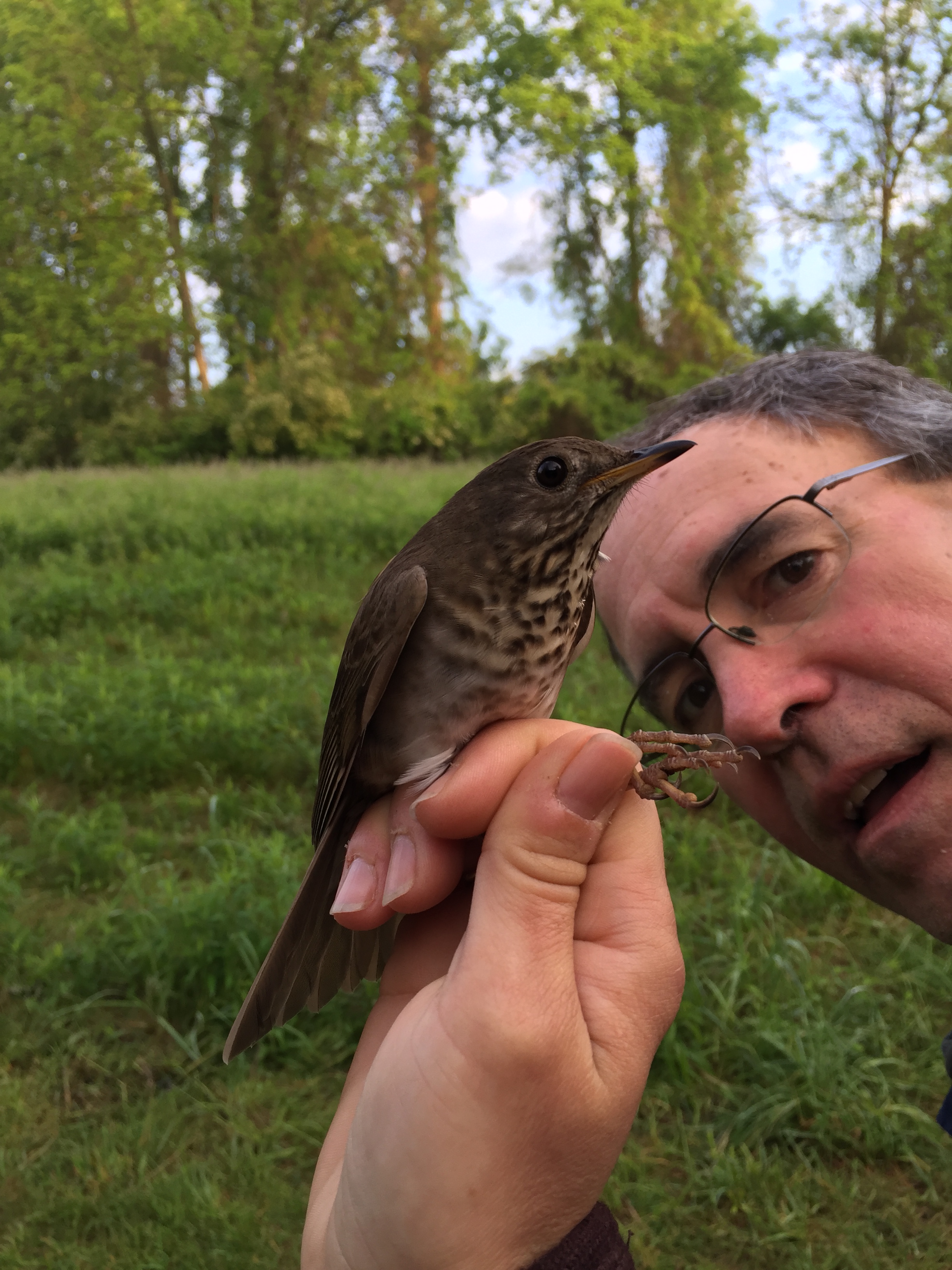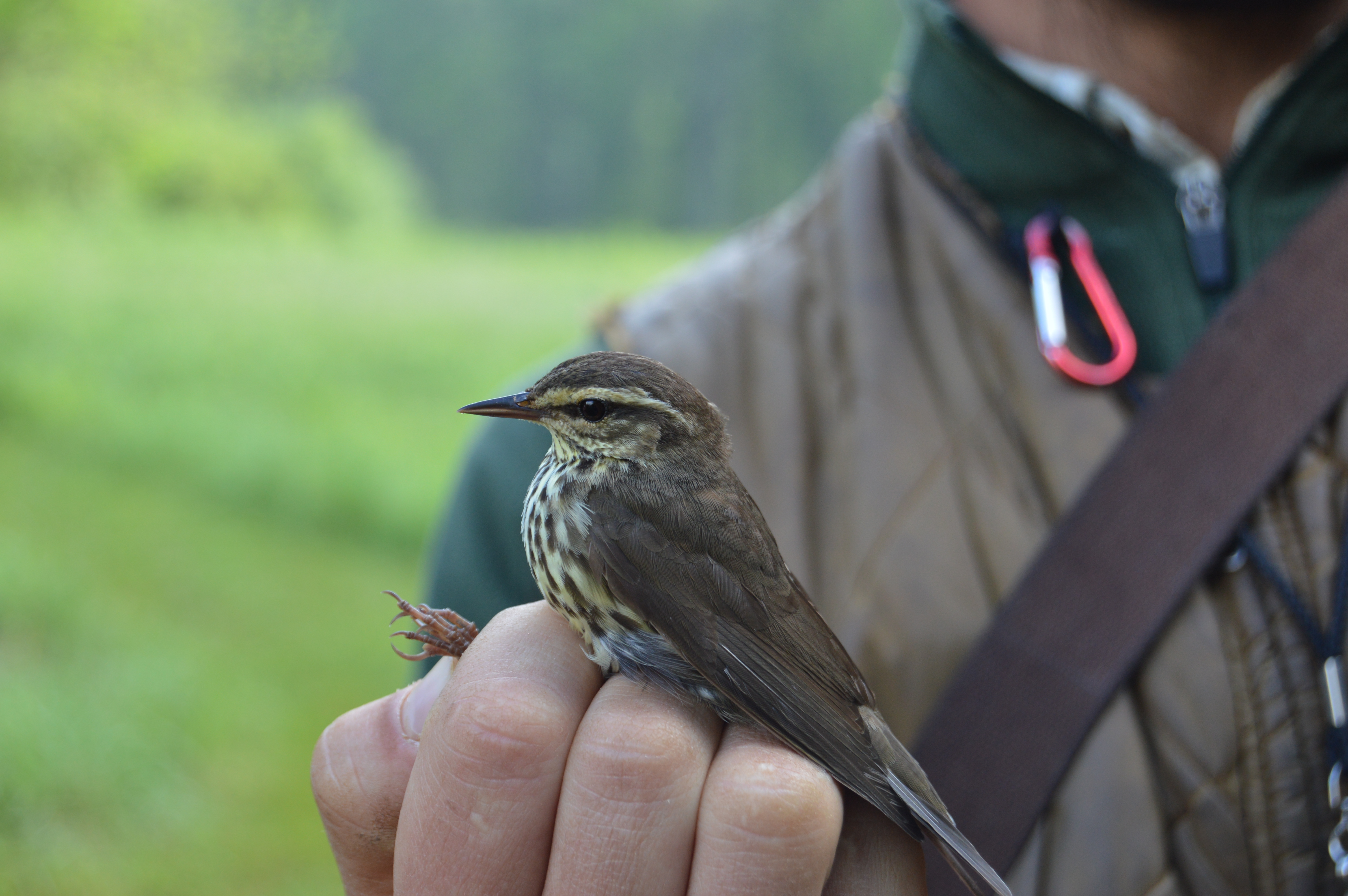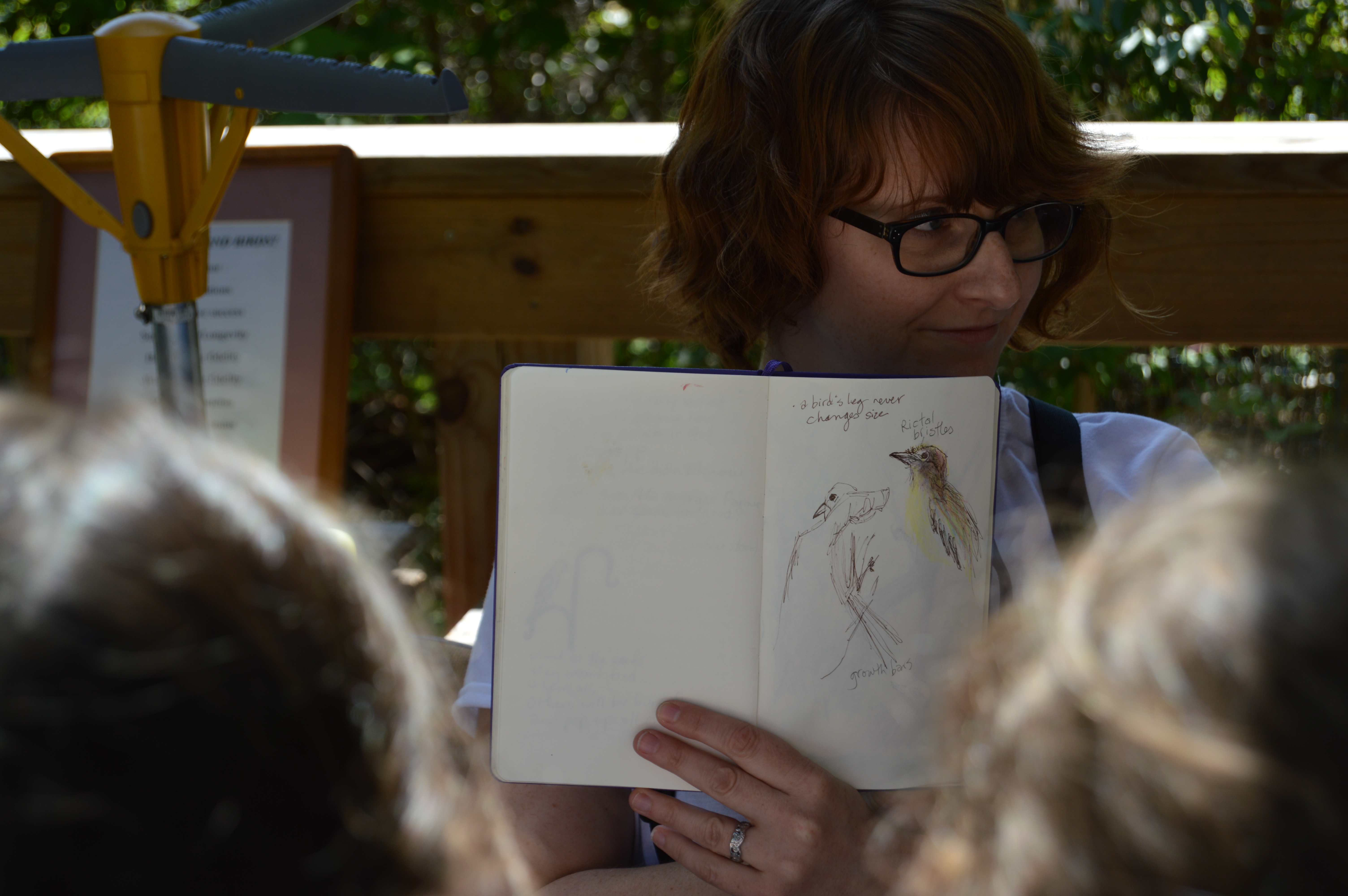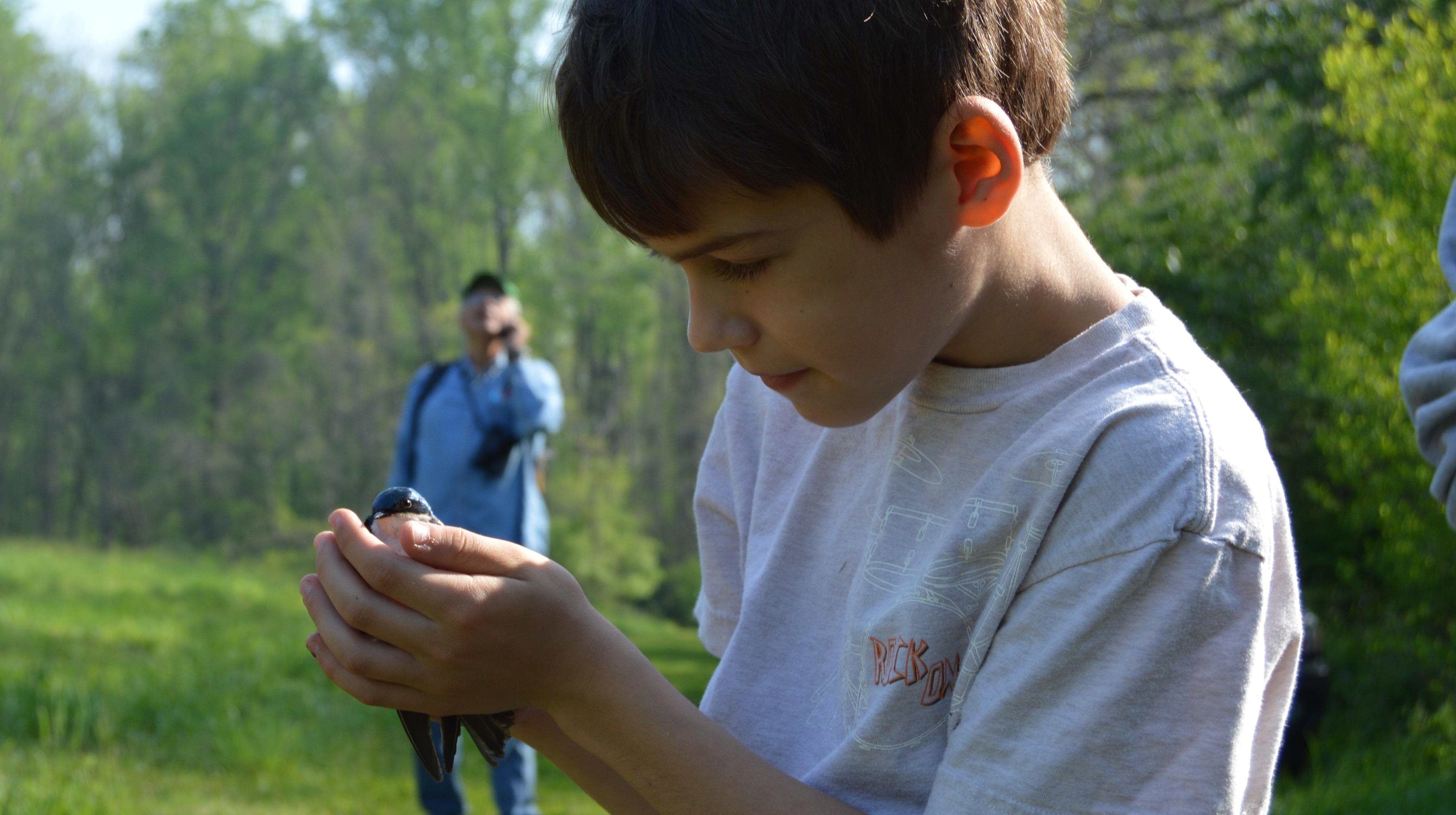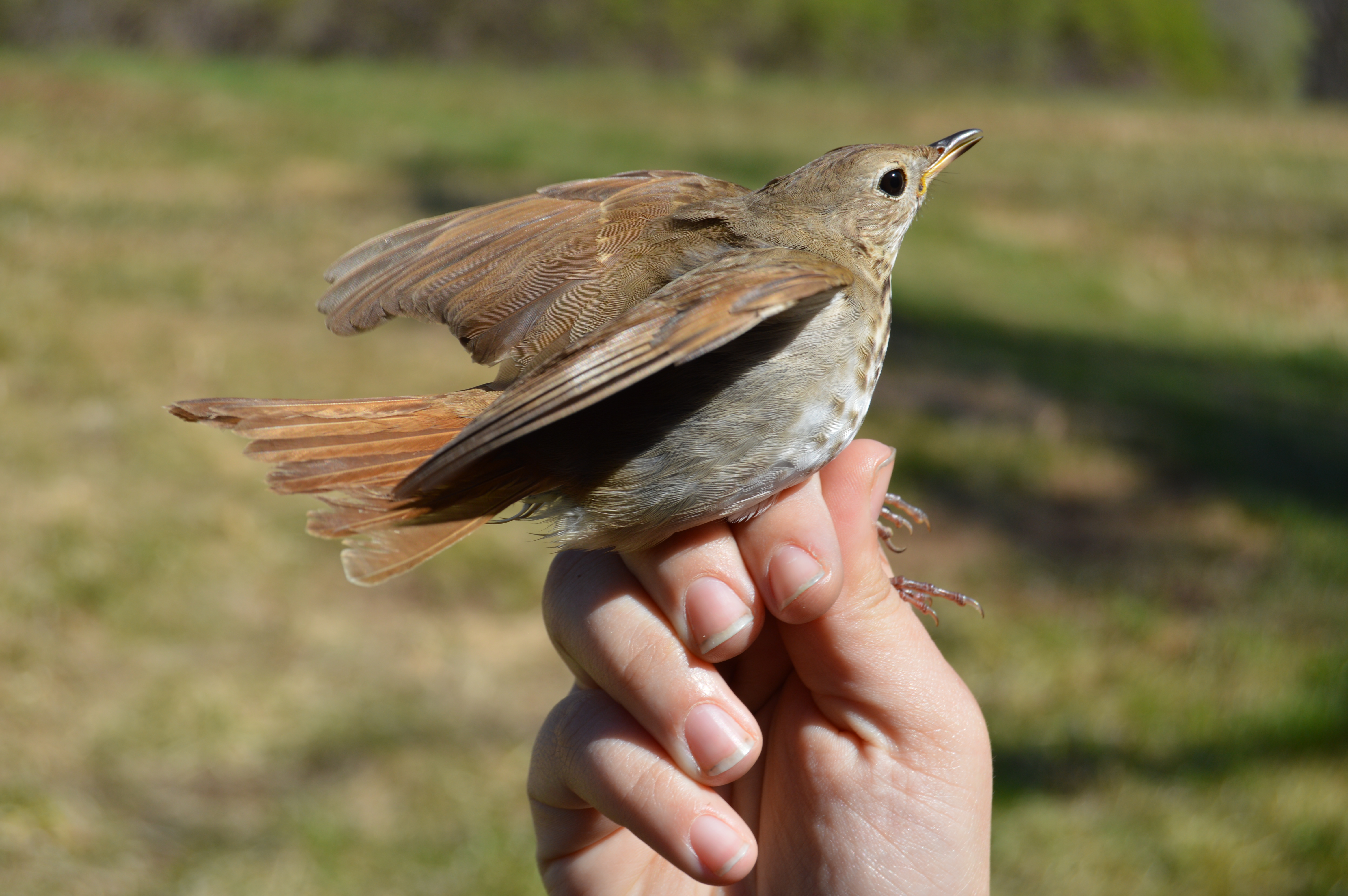
Even though the autumn equinox has not yet occurred and you’re still wistfully packing your bags for one last summer fling at the beach this weekend, billions of songbirds have started the silent nocturnal procession south. Though we are not lucky enough to be graced by the steely gray tuxedos of the dapper Black-throated Blue Warbler during their nuptial season, they are one of the first warblers to appear at Rushton during fall migration. After nesting in higher elevations of mixed hardwood and evergreen forests — the kind with yellow birch towering over thick tangles of mountain laurel and rhodedendron— they often gravitate toward early successional shrubby areas with their “teenage” offspring. Consequently, these young birds probably recognize these types of shrubby habitats as safe havens during their first migration.
Rushton got shrub. The hedgerows of Rushton where we operate fourteen mist nets are largely composed of early successional habitat. Maybe that’s why we often get the younger, what we call Second Year or Hatch Year, Black-throated Blues. These have greenish edging on some of the feathers and feather coverts as compared to the entirely blue edged adults. Compare the two photos below of the older male we caught in spring and the younger male we caught this morning. Can you tell the difference? If not, you would not make a good female songbird; you must know when to swipe left on a sub-par mate by looks alone. Yes, the natural world is a place of unforgiving vanity.


On this steamy opening day of our fall banding season, we also blinged out, skulled, and aged many young Gray Catbirds, Wood Thrush, Common Yellowthroats, American Robins, and a lovely American Goldfinch. We watched the mercury closely and closed early to keep our birds cool and safe. Still our total was 15 new birds of 7 species.



Join the fun Tuesday and Thursday mornings at Rushton Woods Preserve now until November 1 from sunrise until about 11 am.
There’s a lot going on in the woods,
Blake







